introduction This article refers to the address: http:// Throughout the history of the entire automotive lighting equipment, power has always played an important role. At first, the car only needed headlights to see the road in the dark. Later, for safety and better coordination of the ever-increasing traffic flow, additional light sources – taillights, lights, etc. – were added. Alarms and fog lights provide special features in extreme situations. Internal light sources, such as dashboards, ceiling lights, map lights, and door lights, provide convenience for drivers and passengers. In addition to earlier models, all of these sources are powered by electricity and use incandescent bulbs. In recent years, other light sources, such as light-emitting diodes (LEDs) and cold cathode fluorescent lamps (CCFLs), have become common light sources for automobiles. The key advantages of these new light sources are their long life and higher efficiency. The typical life of an incandescent lamp is 10,000 hours, while fluorescent lamps can reach 50,000 hours and LEDs can reach 100,000 hours. Extended service life increases reliability and reduces maintenance and ultimately reduces service costs. Other advantages of LEDs include low operating voltage, low electromagnetic radiation, resistance to mechanical stress, flexible shape design, wide operating temperature range, and wide brightness adjustment range. With the development of LED technology, the trend of using it to replace other technologies is more obvious. However, in terms of current applications, CCFL still occupies advantages in certain application fields, such as large-screen backlights and those that require high-power unfocused light sources. The occasion. CCFLs and LED light sources require an appropriate power supply, and different technologies have different special requirements, and the power supply must provide special applications and functions. This article provides some power solutions for LED and CCFL sources, and discusses specific design methods for different automotive interior and exterior lighting. application Internal lighting Interior lighting applications include dashboard and dashboard backlighting, dome and map lights, door openers mounted on the door or body, and backlighting. Since the backlight display has special requirements, it will be discussed separately in a later article. LEDs can be used as a light source for all internal lighting applications. Map lights and ceiling lights typically use a high-brightness LED. Dashboards and door lights typically require more than one LED in series. The serial connection helps to avoid current (corresponding color) mismatch of different LEDs. All applications require a constant current source with integrated brightness adjustment. Figures 1 and 2 show power ICs optimized for internal lighting applications that offer a variety of different functions. With a high input voltage range (up to 40V), the MAX16800 can be directly connected to a car battery without the need for a protection device that is typically used to withstand surge voltages caused by battery load changes. The device is capable of providing a constant current to the LED, and the current value can be set by a current-sense resistor RSENSE in series with the LED. To improve current setting accuracy and improve immunity to external noise, the MAX16800 uses a differential current sense input. The chromaticity of an LED changes with its current, so the best way to adjust the brightness of an LED is to chop a fixed current through a pulse-width modulated (PWM) signal instead of changing the actual amplitude of the current. The MAX16800 adjusts LED brightness by applying a PWM signal to the device's enable input pin. The current through the LED is turned on and off according to the frequency of the PWM signal. Electromagnetic interference (EMI) suppression is very important in automotive applications, and this design requirement is as important as not generating EMI. When the LED current is turned on and off, EMI radiation is generated anyway. Therefore, to reduce EMI during PWM dimming, the MAX16800 integrates a waveform shaping circuit to smooth the edges of the switching signal. There are no microcontrollers available in many lighting systems to generate PWM dimming signals. For this case, the MAX16805/MAX16806 LED drivers can be used. Both devices can internally generate a PWM signal that is set by an external analog voltage applied to the DIM input pin. When not using analog dimming, the MAX16806 has a switch input (SW) that not only detects the switch state, but also has a debounce function that provides a wet current to the switch. In some lighting applications, the temperature of the LEDs must be closely monitored, which is especially important for systems that are compact, especially in systems with poor heat dissipation. LED overheating reduces the life of the LED, which diminishes one of the key advantages of this type of source. Fortunately, by reducing the brightness of the LEDs for a short period of time, overheating can be avoided in most applications. To achieve this, the MAX16806 provides an input for the external temperature sensor. When overheating is detected, the device can turn down the brightness until the temperature returns to an acceptable range. The temperature and brightness adjustment thresholds can be programmed via the serial port and stored in the EEPROM. This feature eliminates the need for expensive large-size heat sinks. The MAX16805/MAX16806's internal reference is used to monitor the LED current of the feedback loop and can be adjusted through the serial port. Therefore, in practice, a fixed current-sense resistor can be used for each LED, which simplifies equipment production and reduces costs. Backlit display Liquid crystal displays (LCDs) are now widely used in dashboards, in-vehicle computers, broadcasts, navigation systems, and entertainment systems. Unlike the above example, backlighting needs to scatter light to as large an area as possible, rather than producing a focused beam. Traditionally, CCFLs have used CCFL as a backlight because of their high backlight efficiency, low temperature, and high illumination power. Although CCFL controllers have been very successful in applications other than automotive electronics (such as LCD TVs or computer monitors), designs in automotive environments have particular challenges and needs. Since the basic CCFL circuit contains external transistors, transformers, and tubes, there is an EMI source for the CCFL architecture. Figure 3 shows the CCFL lamp power supply circuit built with the DS3881CCFL controller, which is optimized for automotive applications. The DS3881 overcomes the EMI radiation challenge by using spread spectrum and frequency offset techniques to significantly reduce EMI emissions and move the noise spectrum to frequency bands that are not sensitive to the system. Another special requirement for automotive electronics is low temperature operation. The DS3881 has a special lamp current overdrive mode that quickly heats the lamp when the temperature is low, enabling fast start-up. The device also features multiple fault detection to monitor lamp failure, lamp open, overcurrent, startup failure, and overvoltage faults. Thanks to the extremely high level of integration, the DS3881 requires very few external components, greatly reducing bill of materials (BOM) costs and helping to simplify the design. Multiple DS3881 controllers can be cascaded to support large display designs with multiple lamps. All performance and features can be set via pin or serial port and can be stored in internal non-volatile memory. For small display sizes, LED arrays can be selected for CCFL backlighting. Multiple strings of LEDs face unique design challenges, especially requiring uniform brightness and color throughout the area. Figure 4 shows a special LED-based LCD backlight circuit. The MAX16807/MAX16808 can operate in buck, boost, or SEPIC mode, depending on the input voltage range and the number of LEDs per output channel. Add an external resistor and a Zener diode for load dump testing. Although the current of each channel is set by a resistor, the current of each string can be independently adjusted. The architecture ensures that the current match between each channel is better than 3% without adding any external components. For different batches, the matching degree can be adjusted separately for each channel, or each channel can be adjusted uniformly through the enable pin. With a regulated frequency of 50 Hz to 30 kHz, a dimming range of 5000:1 can be achieved. In order to see the contents of the display in the dark and in direct sunlight, the dimming required by automotive electronics is relatively high. When the switching frequency range of the brightness adjustment signal is 20 kHz to 1 MHz, the frequency band that interferes with other devices (such as a radio) can be avoided. The MAX16808 integrates LED open-circuit detection, and these controllers can also be cascaded to form a large LED array driver circuit. External lighting External lighting systems place new demands on safety and require greater lighting power. External lighting, such as taillights, lights or emergency warning lights (and fog lights) must ensure that it works effectively under all conditions to avoid serious safety hazards. The taillights must have a long penetration distance, but the illumination area should not be too large. LEDs for internal illumination as well as current specifications are also suitable for external lighting applications. That is to say, the above-mentioned MAX16800/MAX16807/MAX16808 driver circuits for illumination driving can also be used for such applications. Since the number of LEDs in the taillight is greater than the internal illumination, multiple driver chips must be used. The multi-chip driver architecture also provides the necessary redundant design to ensure operation even in the event of certain circuit failures. The same redundant design is also suitable for indicator lights and other signal lights. Where high lighting power is required, such as floodlights or fog lamps, ultra-high brightness LEDs (HB LEDs) must be used. HB LEDs require higher drive currents, and the products discussed above do not provide a low-cost design that requires too much of the driver chip to generate the required current. It is best to use a controller that can drive large current power tubes. The high current power tube can supply up to 30A for HB LEDs. The MAX16818 meets this design requirement (Figure 5). The MAX16818 forms the buck, boost, and SEPIC architectures, and operating frequencies up to 1.5MHz allow the use of small external components. For external lighting applications, which typically require fast turn-on or momentary switching of brightness, the MAX16818 is the first LED driver to use Maxim's patented technology to enable LEDs to have a transient current response of 20A/μs. When a higher current output or redundant design is required, the MAX16818 includes a 180° delayed clock output that can be used to control the second LED driver. in conclusion Maxim has expanded its switch mode and linear mode power conditioners to cover all current automotive lighting applications. Our growing portfolio of power supplies provides automotive lighting designers and suppliers with a complete, long-term product choice to meet their needs. The solution discussed in this article is ideal for automotive lighting design, providing short-circuit detection output, thermal shutdown, and operation over the -40°C to +125°C temperature range. Available in a small, thermally enhanced QFN or TSSOP package, Maxim can be easily placed in a compact automotive lighting module.
Door Led Screen
We mainly produce MC Pro series Door Led Screen with P4, P5, P6, P8, P10. High water proof grade applied with IP65 standard, make the screen working perfectly without problems even in heavy rain, and could be used absolutely for outdoor under strong sunshine.
Door Led Screen collocates fast & easy installation,Solid and simple assemble style, make installation and maintenance quick and easy. It stands firmly even in big wind. Moreover, Door Led Screen can meet any irregularly requirements of actual surface. We strive to create Door Led Advertising Display which are environmentally balanced and low power consumption.
Display a visual future! It`s our long life Visions.
Door Led Advertising Display,Outdoor LED Display,Outdoor Full Color Display,Outdoor LED Advertising Display Shenzhen Macion Optoelectronics Technology Co.,Ltd. , https://www.macion-led.com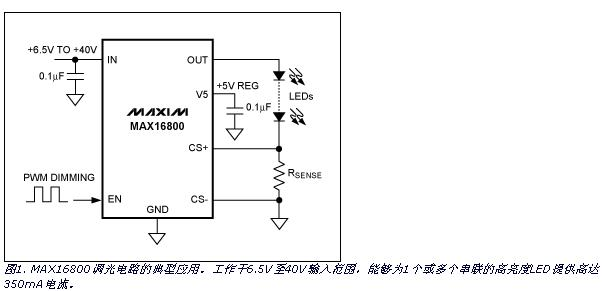
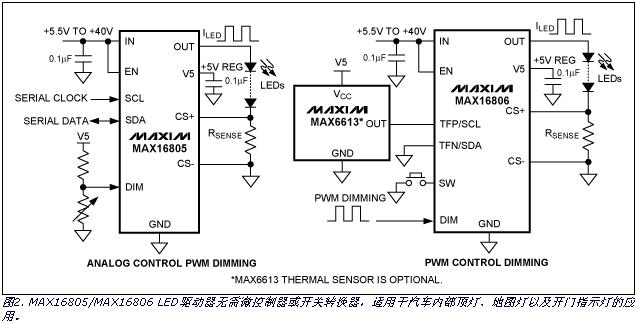
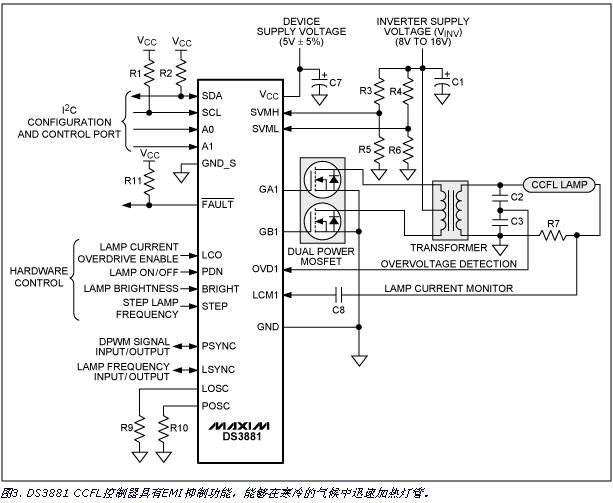
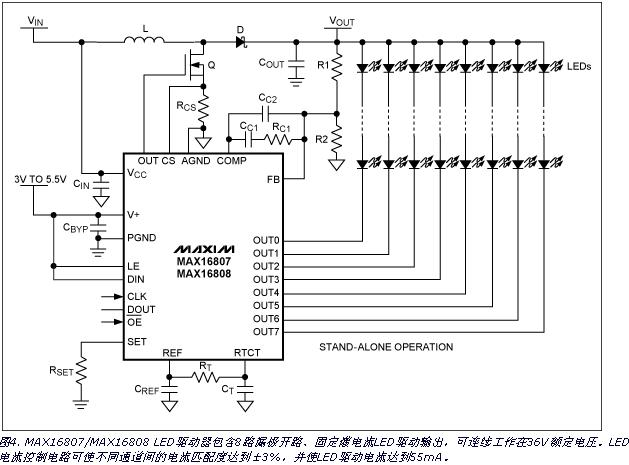
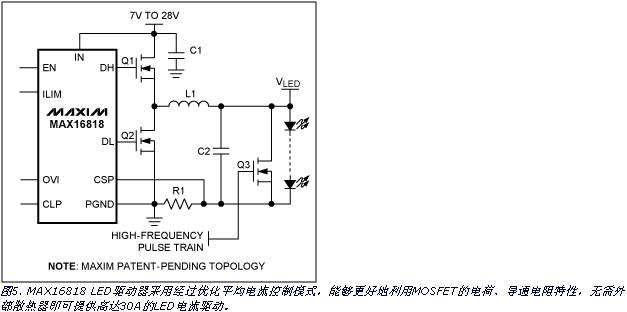
November 24, 2019